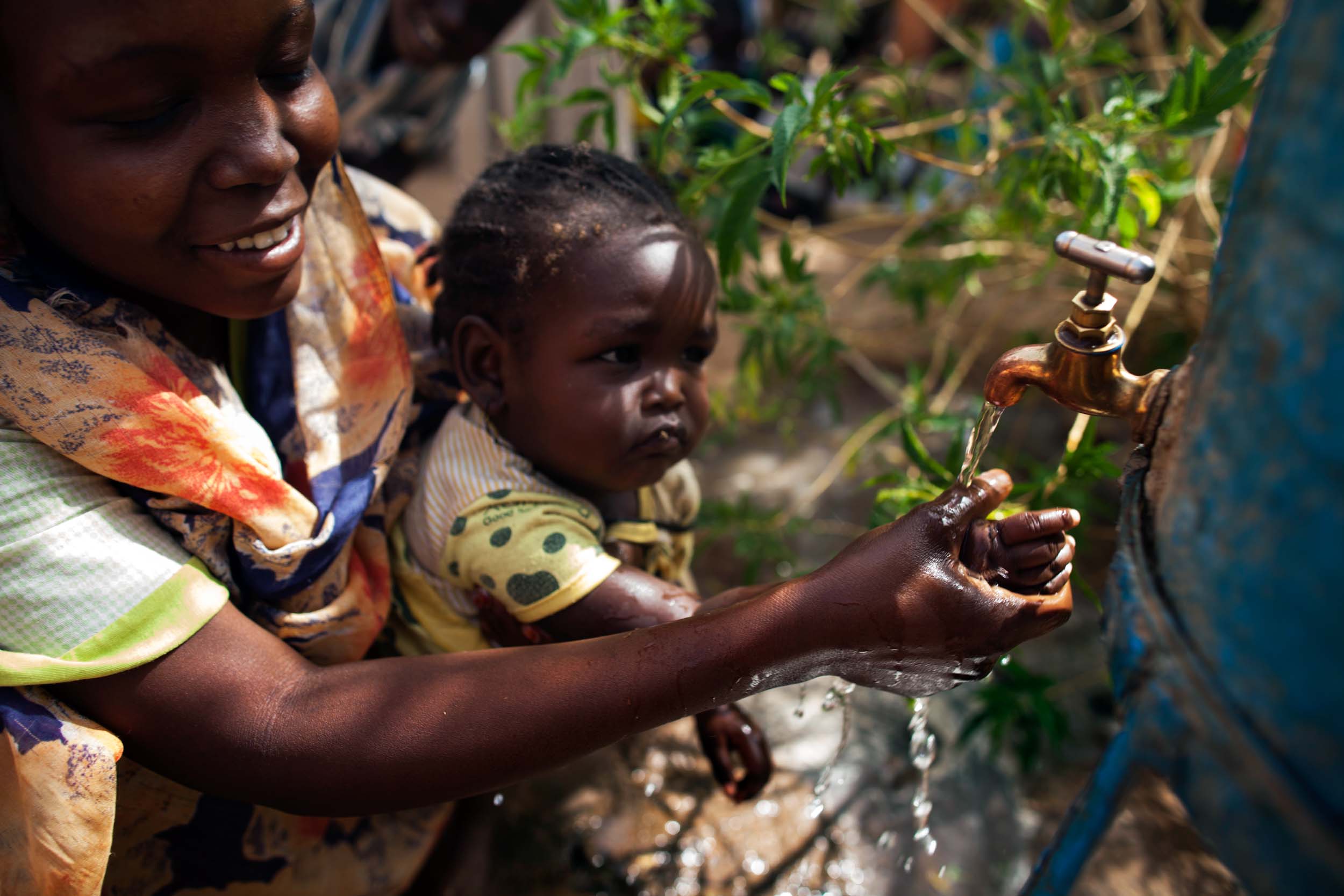On December 6 we remember women who were victims of violence, because on that day, 28 years ago, a killer with a gun singled out and murdered 14 women who had the effrontery to study engineering, math and science. This year, on that same day, the United Nations Population Fund (UNFPA) came out with a new report which reminds us that violence against women does not flow solely from the barrel of a gun.
The UNFPA’s State of World Population for 2017 paints a picture in which poverty and gender inequality are intertwined, each contributing to the other.
“Inequalities in sexual and reproductive health correlate with economic inequality,” the report states. The poorest women “have least access to services essential for exercising their rights to prevent pregnancy, stay healthy during pregnancy and deliver safely.”
Gender inequality and related inequalities in sexual and reproductive health rights do not explain the “totality of inequality in the world today,” the report admits, but then adds, “both are essential pieces that demand much more action.”
Many government officials and their corporate allies in the affluent West pay solemn lip service to the United Nations, with its sustainable development goals, and its demands on multinational businesses to show respect for — to cite one example — traditional occupants of arable land in developing countries.
Privately, however, they will tell you that the UN tends to go too far. It is too demanding of the private sector and the West, in general, they complain, and is simply not realistic and practical.
Those folks will not like the blunt statement with which the UNFPA opens its latest report. It says that the “combined wealth of the world’s 2,473 billionaires… exceeds $7.7 trillion.” And in case that number is too abstract, the UNFPA provides this comparison. Fewer than 3,000 billionaires own and control resources that are “equivalent to the combined gross domestic product of a four-fifths of the world’s countries.”
The UNFPA report adds: “While some privileged households budget for billions, many hundreds of millions of families barely scrape by on less than $1.25 a day.”
The report’s main focus, however, is on women’s reproductive rights, throughout the worlds. For much of humanity, those rights are more honoured in the breach than the observance. As the UNFPA reports:
“A poor woman with little education in a rural area is likely to have few options for preventing pregnancies, staying healthy during pregnancy or delivering with the assistance of a skilled birth attendant. And, in seeking to exercise her reproductive rights, she may face social and institutional obstacles that her affluent, educated and urban counterpart may never encounter or may easily overcome.”
The report then ties gender to economic facts on the ground:
“Inequalities in sexual and reproductive health correlate with economic inequality. Within most developing countries today, access to critical sexual and reproductive health care is generally lowest among the poorest 20 per cent of households and highest among the richest 20 per cent.”
The report does recognize that “many developing countries have improved their capacity to provide modern contraception for women seeking to avoid or delay pregnancy and to reduce wealth-based inequality in satisfying this demand.”
It provides detailed tables showing the relationship of wealth and geography with the availability of contraception and other reproductive health services. And it does not focus exclusively on the developing world. In rich countries, too, access to sexual and reproductive health services is related to income. Women in the bottom 20 per cent economically have the least access to those services.
The biggest success stories in the UNFPA’s 2017 report are Lesotho in southern and Rwanda in central Africa.
“The two countries,” the UNFPA reports, “made the most progress over about a 10-year period in reducing inequality in meeting the demand for modern methods of contraception across wealth groups and in increasing coverage of modern methods of contraception.”
Today, about 70 per cent of women, of all social classes, in those countries have access to modern methods of contraception.
There is much more in this thorough report. It is worth examining in detail. In the end, though, the report’s insistence on putting gender and reproductive rights into the broader context of global inequality is what is more striking.
Photo: WFP Nuturition Program. Rwanda/Flickr
Like this article? rabble is reader-supported journalism.





